python实现概率论与数理统计_数理统计与概率论及Python实现(3)——随机变量概述...
前面两篇文章,我们讲到了概论论中的基本概念和随机变量的初步认识;
对随机变量及其取值规律的研究是概率论的核心内容。在上一个小结中,总结了随机变量的概念以及随机变量与事件的联系。这个小结会更加深入的讨论随机变量。
可以先把文章看完:再回来理解这句话:随机变量最主要的性质是其所有可能取到的这些值的取值规律,即取到的概率大小。
数理统计与概率论及Python实现(1)——概率论中基本概念
数理统计与概率论及Python实现(2)——随机变量
随机变量与事件
随机变量的本质是一种函数(映射关系),在古典概率模型中,“事件和事件的概率”是核心概念;但是在现代概率论中,“随机变量及其取值规律”是核心概念。
随机变量与事件的联系与区别
文章1和2中对这两个概念的联系进行了非常详细的描述。随机变量实际上只是事件的另一种表达方式,这种表达方式更加形式化和符号化,也更加便于理解以及进行逻辑运算。不同的事件,其实就是随机变量不同取值的组合。举一个很好的例子来说明两者之间的差别:
对于随机试验,我们所关心的往往是与所研究的特定问题有关的某个或某些量,而这些量就是随机变量。当然,有时我们所关心的是某个或某些特定的随机事件。例如,在特定一群人中,年收入在万元以上的高收入者,以及年收入在3000元以下的低收入者,各自的比率如何?这看上去像是两个孤立的事件。可是,若我们引入一个随机变量X” role=”presentation” style=”display: inline; line-height: normal; word-spacing: normal; overflow-wrap: normal; float: none; direction: ltr; max-width: none; max-height: none; min-width: 0px; min-height: 0px; border-width: 0px; border-style: initial; border-color: initial;”>XX:
X=随机抽出一个人其年收入X=随机抽出一个人其年收入
则X是我们关心的随机变量。上述两个事件可分别表示为{X>10000}“ role=”presentation” style=”display: inline; line-height: normal; word-spacing: normal; overflow-wrap: normal; float: none; direction: ltr; max-width: none; max-height: none; min-width: 0px; min-height: 0px; border-width: 0px; border-style: initial; border-color: initial;”>{ X>10000}{X>10000}或{X<3000}“ role=”presentation” style=”display: inline; line-height: normal; word-spacing: normal; overflow-wrap: normal; float: none; direction: ltr; max-width: none; max-height: none; min-width: 0px; min-height: 0px; border-width: 0px; border-style: initial; border-color: initial;”>{ X<3000}{X<3000}。这就看出:随机事件这个概念实际上包容在随机变量这个更广的概念之内。也可以说,随机事件是从静态的观点来研究随机现象,而随机变量则是一种动态的观点,一如数学分析中的常量与变量的区分那样,变量概念是高等数学有别于初等数学的基础概念。同样,概率论能从计算一些孤立事件的概率发展为一个更高的理论体系,其基本概念就是随机变量。
一下子引用了一大段话,这段话非常清楚的解释了随机变量与事件的区别:就像变量与常量之间的差别那样,这样的差别比起我自己看到的要大得多。做这样的比较也有利于自己更好的理解“随机变量”这个多少有点抽象的概念。
随机变量的分类
随机变量从其可能取的值全体的性质可以分为两大类:离散型随机变量和连续型随机变量。
离散型随机变量
离散型随机变量的取值在整个实数轴上是间隔的,要么只有有限个取值,要么是无限可数的。

图1:离散型随机变量的概率质量分布函数
常见的离散型随机变量包括以下几种:
- 0-1分布(也叫两点分布或伯努利分布)
- 二项分布
- 几何分布
- 泊松分布
- 超几何分布
连续型随机变量
连续型随机变量的取值要么包括整个实数集(−∞,+∞)” role=”presentation” style=”display: inline; line-height: normal; word-spacing: normal; overflow-wrap: normal; float: none; direction: ltr; max-width: none; max-height: none; min-width: 0px; min-height: 0px; border-width: 0px; border-style: initial; border-color: initial;”>(−∞,+∞)(−∞,+∞),要么在一个区间内连续,总之这类随机变量的可能取值要比离散型随机变量的取值多得多,它们的个数是无限不可数的。

图2:连续型随机变量的概率密度分布函数
常见的连续型随机变量包括以下几种:
- 均匀分布
- 指数分布
- 正态分布
概率密度函数的性质
所有的概率密度函数f(x)” role=”presentation” style=” font-size: 15px; display: inline; line-height: normal; word-spacing: normal; overflow-wrap: normal; float: none; direction: ltr; max-width: none; max-height: none; min-width: 0px; min-height: 0px; border-width: 0px; border-style: initial; border-color: initial; “>f(x)都满足下面的两条性质; 所有满足下面两条性质的一元函数也都可以作为概率密度函数。
f(x)≥0” role=”presentation” style=” display: inline; line-height: normal; font-size: 14px; text-align: left; overflow-wrap: normal; float: none; direction: ltr; max-width: none; max-height: none; min-width: 0px; min-height: 0px; border-width: 0px; border-style: initial; border-color: initial; font-family: Verdana, Arial, Helvetica, sans-serif; background-color: rgb(255, 255, 255); “>f(x)≥0 ; 以及 ∫−∞+∞f(x)dx=1” role=”presentation” style=” display: inline; line-height: normal; font-size: 14px; text-align: left; overflow-wrap: normal; float: none; direction: ltr; max-width: none; max-height: none; min-width: 0px; min-height: 0px; border-width: 0px; border-style: initial; border-color: initial; font-family: Verdana, Arial, Helvetica, sans-serif; background-color: rgb(255, 255, 255); “>∫+∞−∞f(x)dx=1
f(x)≥0” role=”presentation” style=” display: inline; line-height: normal; word-spacing: normal; overflow-wrap: normal; float: none; direction: ltr; max-width: none; max-height: none; min-width: 0px; min-height: 0px; border-width: 0px; border-style: initial; border-color: initial; “>f(x)≥0” role=”presentation” style=” display: inline; line-height: normal; font-size: 14px; text-align: left; overflow-wrap: normal; float: none; direction: ltr; max-width: none; max-height: none; min-width: 0px; min-height: 0px; border-width: 0px; border-style: initial; border-color: initial; font-family: Verdana, Arial, Helvetica, sans-serif; background-color: rgb(255, 255, 255); “>
随机变量的基本性质
随机变量最主要的性质是其所有可能取到的这些值的取值规律,即取到的概率大小。
如果我们把一个随机变量的所有可能的取值的规律都研究透彻了,那么这个随机变量也就研究透彻了。
随机变量的性质主要有两类:
一类是大而全的性质,这类性质可以详细描述所有可能取值的概率,例如累积分布函数和概率密度函数;
另一类是找到该随机变量的一些特征或是代表值,例如随机变量的方差或期望等数字特征。常见的随机变量的性质见下表:
| 缩写 | 中文名 | 解释 |
| CDF | 累计分布函数 | 连续型和离散型随机变量都有,一般用F(X)” role=”presentation” style=”display: inline; line-height: normal; word-spacing: normal; overflow-wrap: normal; float: none; direction: ltr; max-width: none; max-height: none; min-width: 0px; min-height: 0px; border-width: 0px; border-style: initial; border-color: initial;”>F(X)F(X)表示 |
| 概率密度分布函数 | 连续型随机变量在各点的取值规律,用f(x)” role=”presentation” style=”display: inline; line-height: normal; word-spacing: normal; overflow-wrap: normal; float: none; direction: ltr; max-width: none; max-height: none; min-width: 0px; min-height: 0px; border-width: 0px; border-style: initial; border-color: initial;”>f(x)f(x)或fX(x)” role=”presentation” style=”display: inline; line-height: normal; word-spacing: normal; overflow-wrap: normal; float: none; direction: ltr; max-width: none; max-height: none; min-width: 0px; min-height: 0px; border-width: 0px; border-style: initial; border-color: initial;”>fX(x)fX(x)表示 | |
| PMF | 概率质量分布函数 | 离散随机变量在各特定取值上的概率 |
| IQR | 四分位数间距 | 25%分位数与75%分位数之差 |
| SD | 标准差 | 用于描述随机变量取值的集中程度 |
概率质量函数 vs 概率密度函数
概率质量函数和概率密度函数不同之处在于:
概率质量函数是对离散随机变量定义的,本身代表该值的概率;
概率密度函数是对连续随机变量定义的,本身不是概率,只有对连续随机变量的概率密度函数在某区间内进行积分后才是概率。
更多内容,欢迎相互学习
更有数据分析学习群



























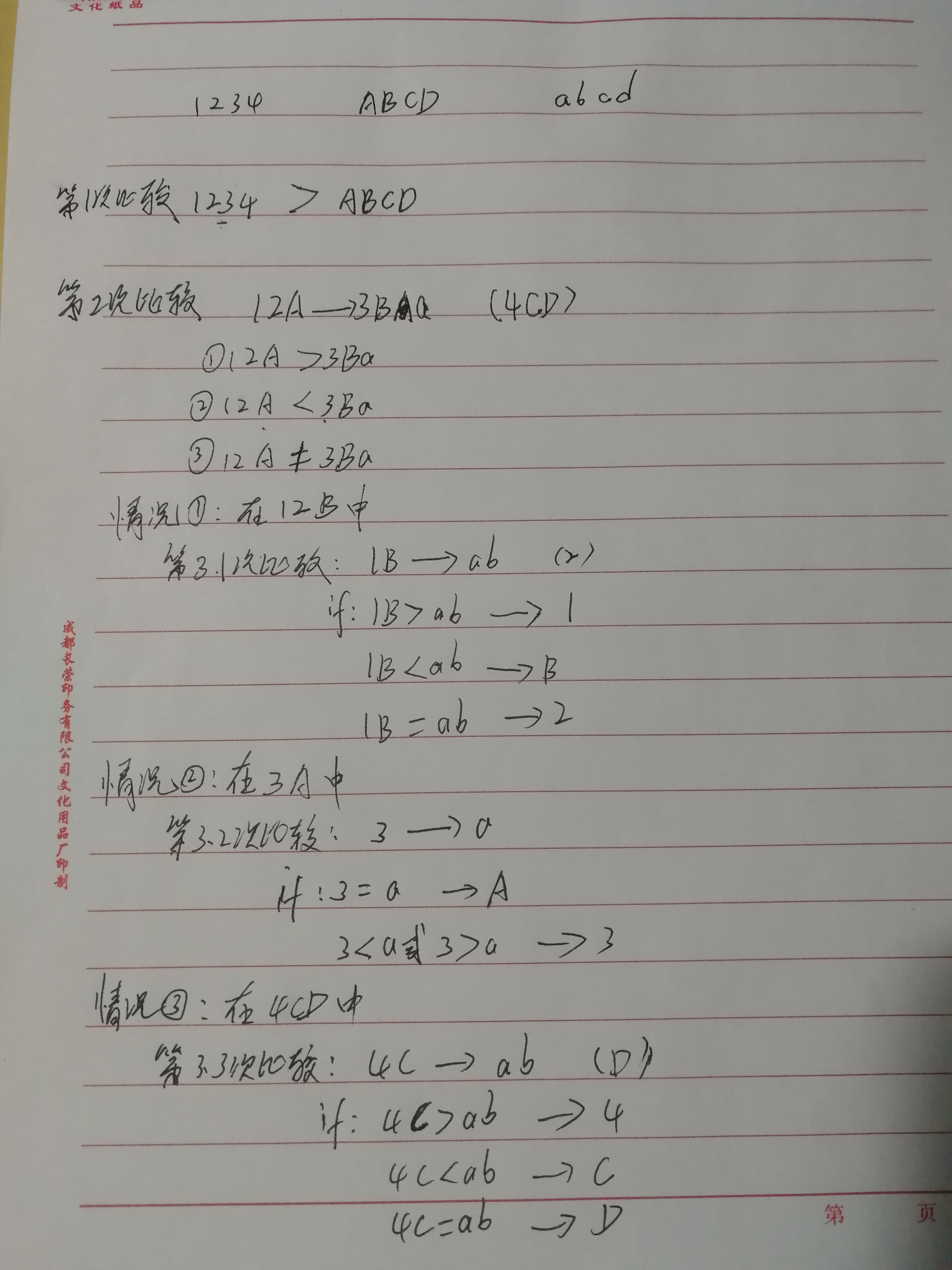
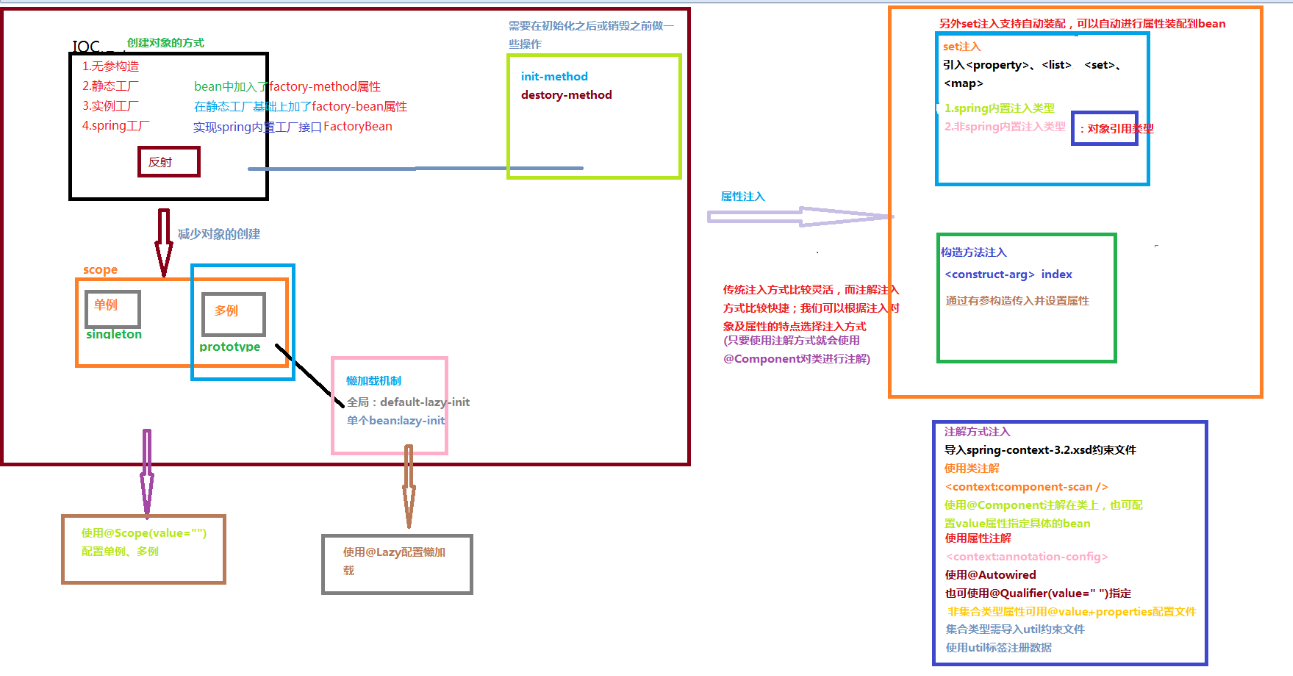
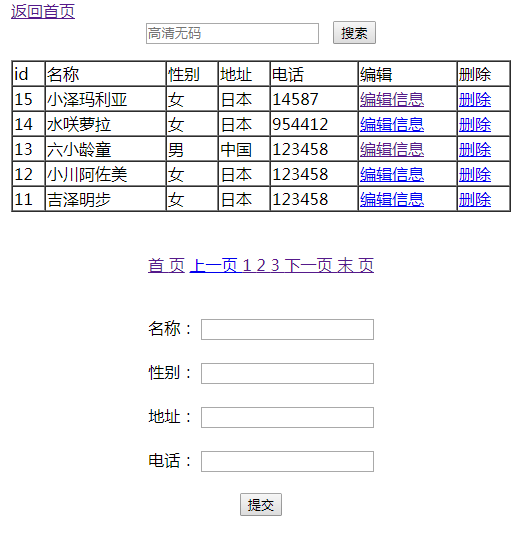
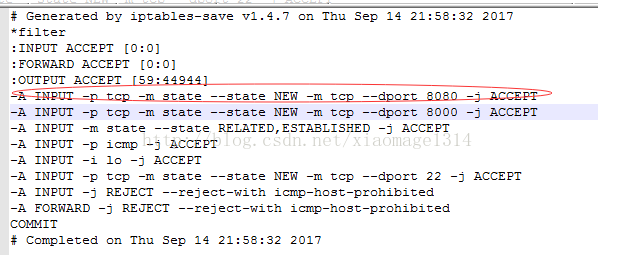
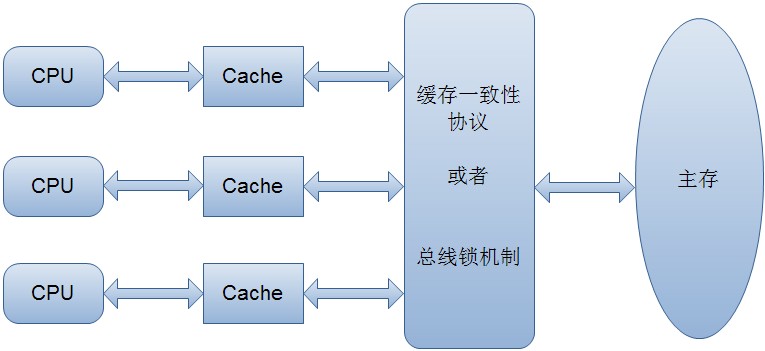
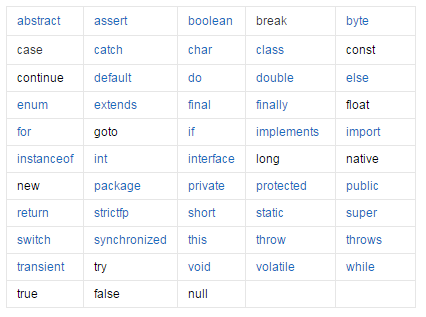



还没有评论,来说两句吧...